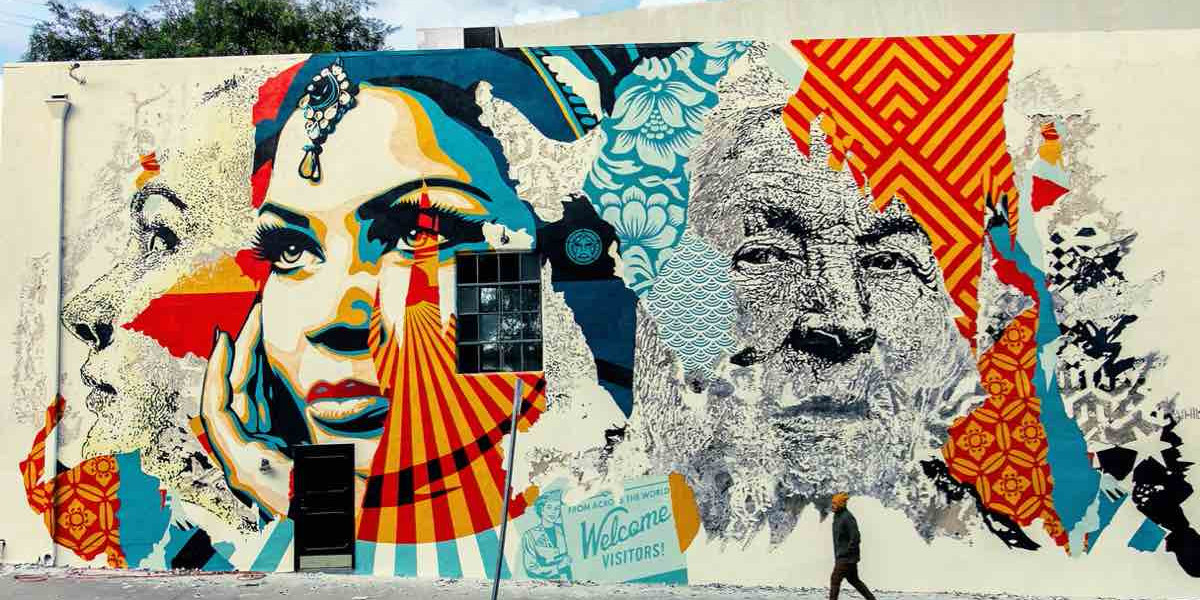Introduction
Graffiti is the practice of applying marks to walls or other surfaces, usually without permission and in public view. Graffiti can take many forms, including simple drawings or words, elaborate murals, or even political or social commentary.
History of Graffiti
The earliest known examples of graffiti date back to the Paleolithic era, when cave paintings were created. Graffiti was also common in ancient Greece and Rome, where it was used for a variety of purposes, including political messages, advertising, and personal expressions.
In the modern era, graffiti began to emerge as a form of urban art in the early 1970s, in New York City. Graffiti artists like Keith Haring and Jean-Michel Basquiat used public spaces to create their work, and their art quickly gained popularity.
Types of Graffiti
There are many different types of graffiti, but some of the most common include:
- Tags:These are simple, one- or two-word signatures that are often used by graffiti artists to mark their territory.
- Throw-ups:These are larger, more elaborate tags that are often done with spray paint.
- Pieces:These are the most complex and artistic forms of graffiti, and they often involve multiple colors and techniques.
- Political graffiti:This type of graffiti is used to express political or social messages.
- Murals:These are large, painted images that are often commissioned by businesses or organizations.
Graffiti as Art
There is a long-standing debate about whether or not graffiti is art. Some people argue that graffiti is vandalism and that it should be removed. Others argue that graffiti is a form of self-expression and that it can be a valuable form of art.
There is no easy answer to this question, as it ultimately depends on the individual's definition of art. However, there is no doubt that graffiti can be a powerful form of expression, and it has been used by artists to convey a wide range of messages.
Conclusion
Graffiti is a complex and controversial topic, but there is no doubt that it is a powerful form of expression. Whether or not you consider it to be art, graffiti is a part of our urban landscape, and it is likely to continue to evolve and grow in the years to come.
Additional Information
- There are many different organizations that work to promote graffiti as art, including the International Graffiti Rights Organization (IGRO) and the Graffiti Hall of Fame.
- Graffiti is often used as a form of protest, and it has been used to raise awareness of a variety of issues, including poverty, racism, and environmentalism.
- Some cities have created legal graffiti walls where artists can legally express themselves.
- Graffiti can be a valuable tool for community building, and it can help to create a sense of identity and ownership in a neighborhood.








